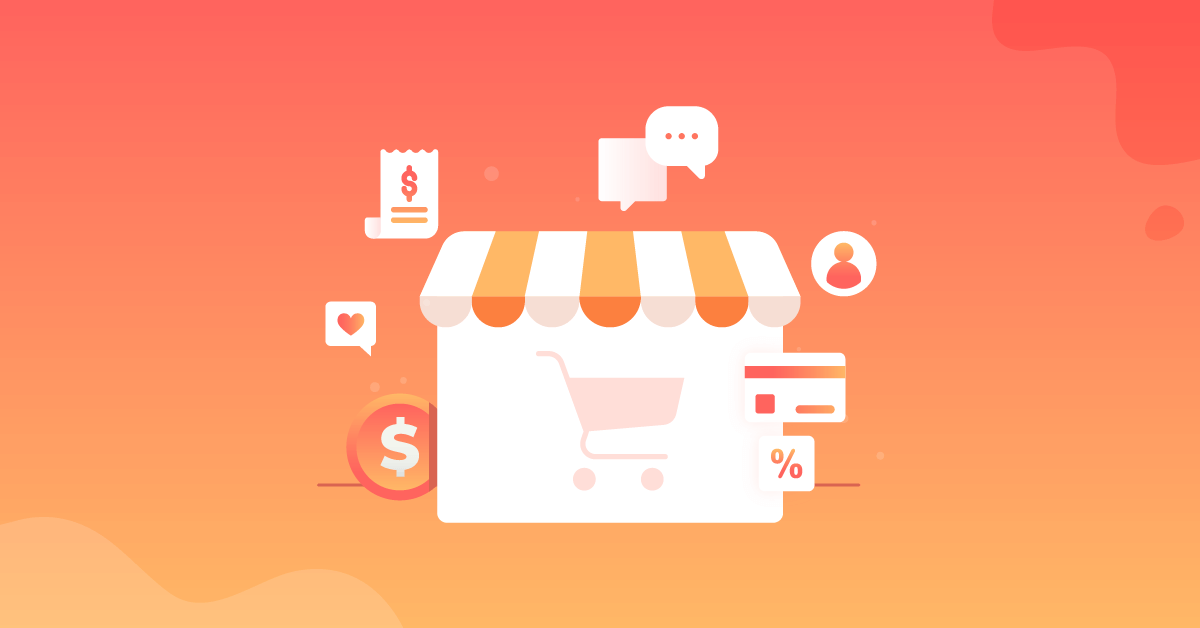Category: Wordpress
-
How To display out-of-stock product variations in a dropdown list in WooCommerce?
Hello guys how are you? Welcome back to my blog therichpost.com. Guys today in this post, I will tell you How To display out-of-stock product variations in a dropdown list in WooCommerce? Guys if you are new in WordPress or in WooCommerce then please check the below links for some good tutorials: Here is the working…
Written by
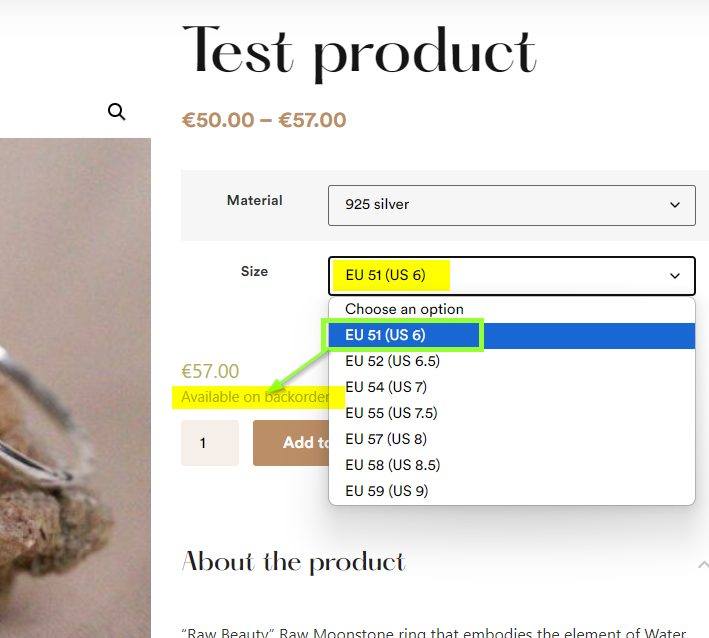
-
How to get live shipping rates in WooCommerce their shopping carts?
Hello guys how are you? Welcome back to my blog therichpost.com. Guys today in this post, I will tell you How to get live shipping rates in WooCommerce their shopping carts? Guys if you are new in WordPress or in WooCommerce then please check the below links for some good tutorials: Guys here is the working…
Written by
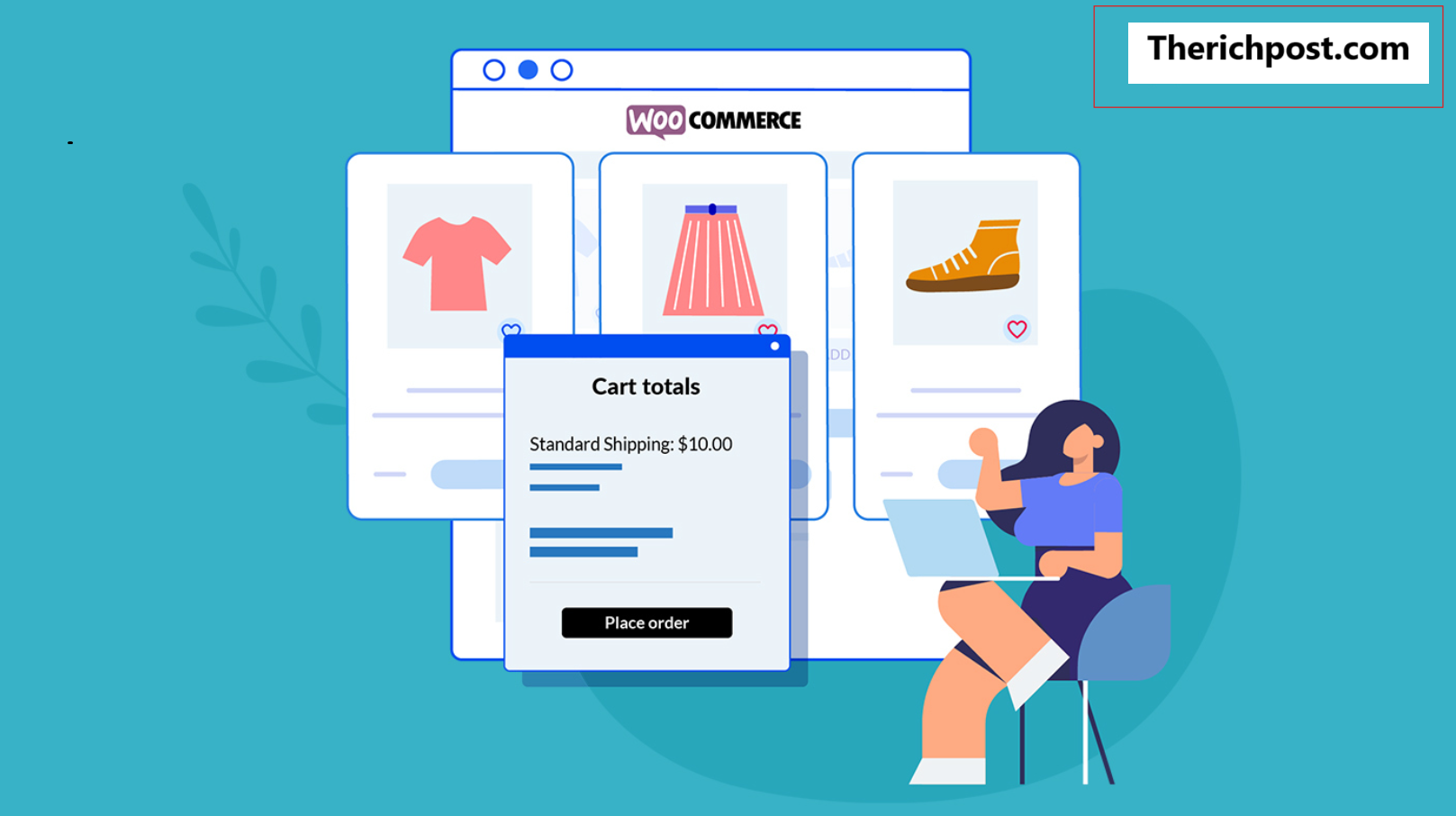
-
How to enable vendors to upload video in the product gallery? Dokan | Woocommerce
Hello guys how are you? Welcome back to my blog therichpost.com. Guys today in this post, I will tell you How to enable vendors to upload video in the product gallery? Dokan | Woocommerce Guys if you are new in WordPress or in WooCommerce then please check the below links for some good tutorials: Guys here…
Written by

-
How to Implement Dynamic Town/City Dropdown in WooCommerce after selecting state/county or region?
Hello guys how are you? Welcome back to my blog therichpost.com. Guys today in this post, I will tell you How to Implement Dynamic Town/City Dropdown in WooCommerce after selecting state/county or region? Guys if you are new in WordPress or in WooCommerce then please check the below links for some good tutorials: Guys here is…
Written by
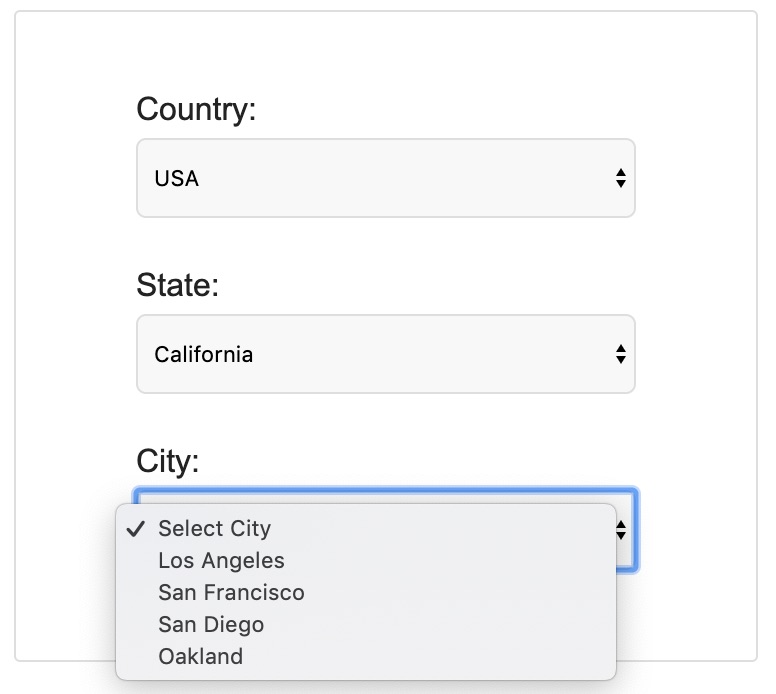
-
How To achieve a robust multi-filter functionality like Amazon’s on your WooCommerce shop page using Elementor and the Blocksy theme?
Hello guys how are you? Welcome back to my blog therichpost.com. Guys today in this post, I will tell you How To achieve a robust multi-filter functionality like Amazon’s on your WooCommerce shop page using Elementor and the Blocksy theme? Guys if you are new in WordPress or in WooCommerce then please check the below links…
Written by
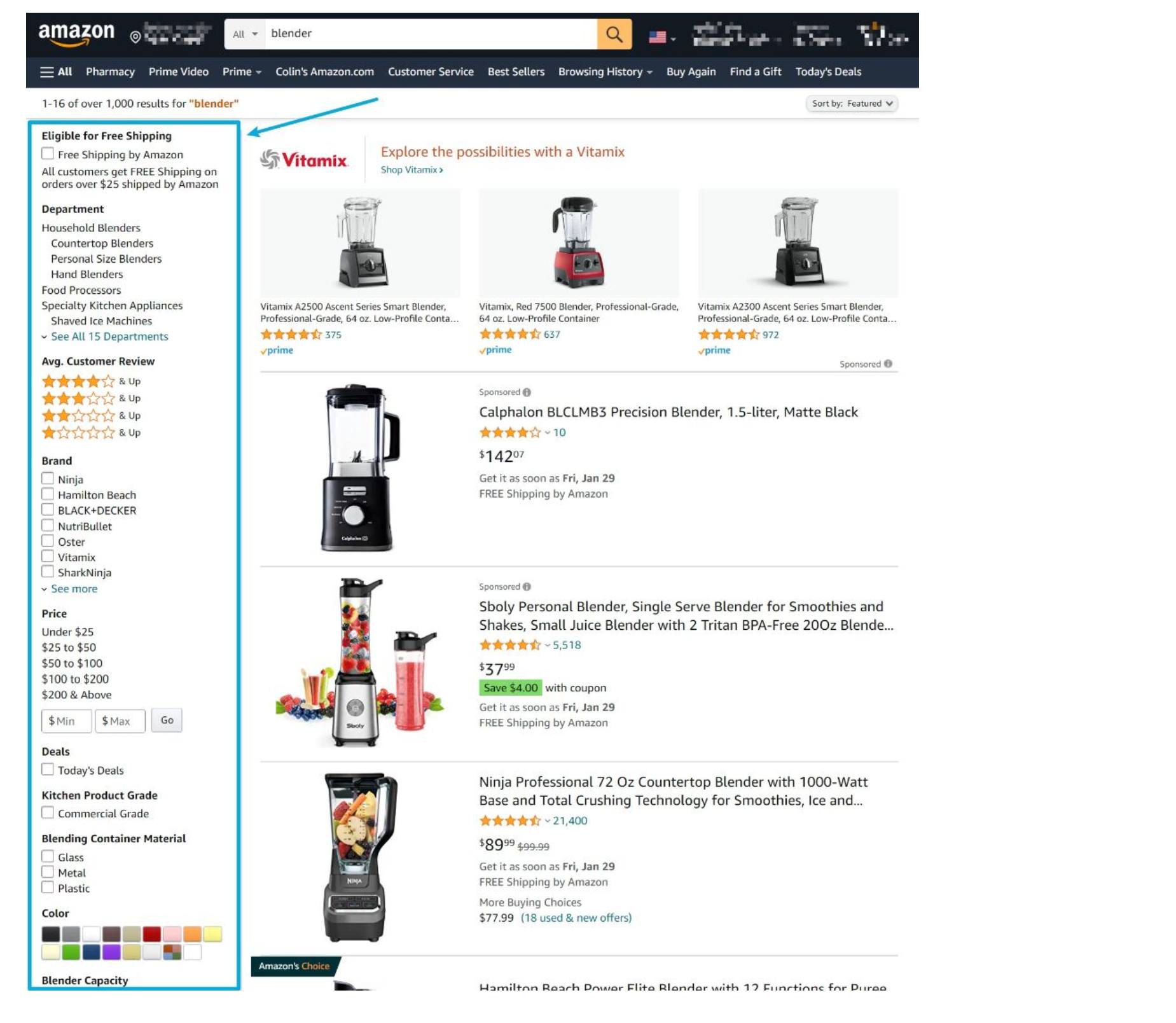
-
How to capture all of the content that Dokan adds to the Shipping product tab?
Hello guys how are you? Welcome back to my blog therichpost.com. Guys today in this post, I will tell you How to capture all of the content that Dokan adds to the Shipping product tab? Guys if you are new in WordPress or in WooCommerce then please check the below links for some good tutorials: To…
Written by

-
Woocommerce – Pre-Order Products Working demo
Hello guys how are you? Welcome back on my blog therichpost.com. Guys today in this blog post I am going to tell you, Woocommerce – Pre-Order Products Working demo. Guys if you are new in WordPress or in WooCommerce then please check the below links for some good tutorials: Guys to enable pre-orders in WooCommerce, you…
Written by
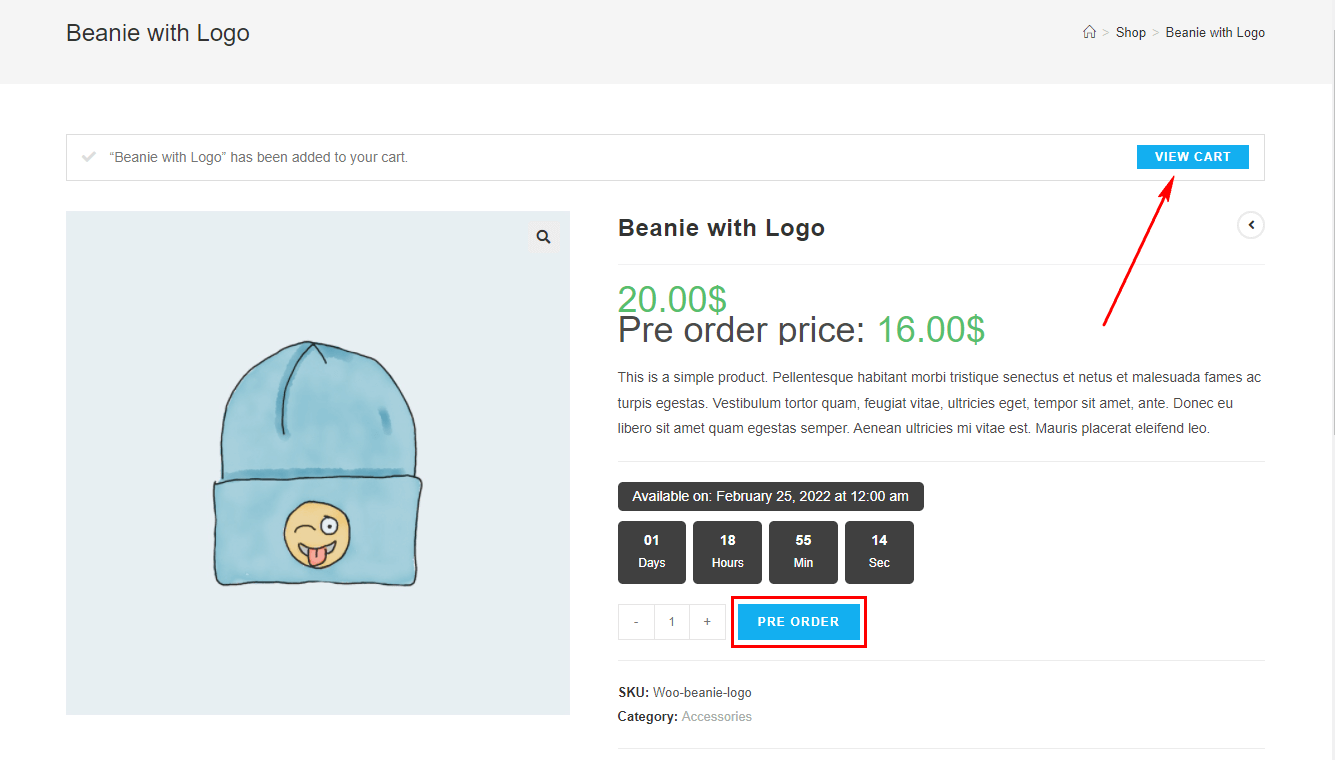
-
Woocommerce – Hide out-of-stock products when using ‘sorting’ in category
Hello guys how are you? Welcome back on my blog therichpost.com. Guys today in this blog post I am going to tell you, Woocommerce – Hide out-of-stock products when using ‘sorting’ in category. Guys if you are new in WordPress or in WooCommerce then please check the below links for some good tutorials: Guys To…
Written by
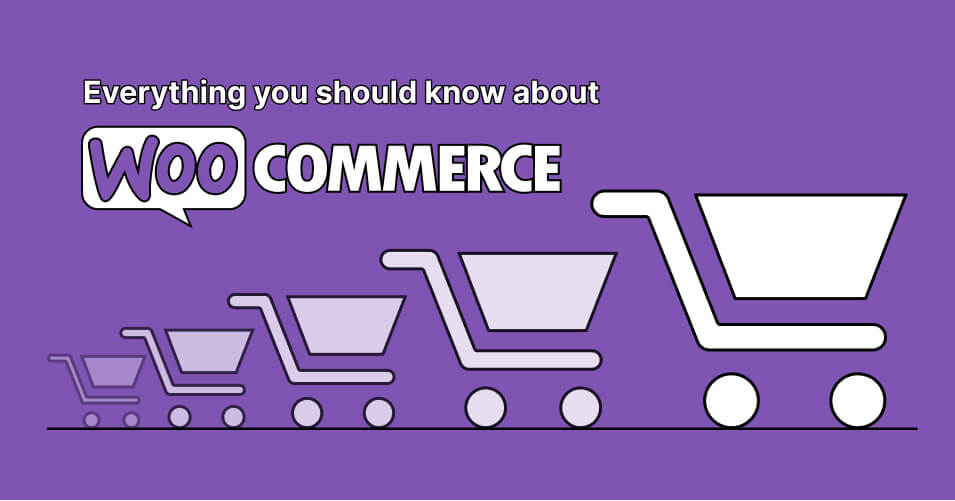
-
WooCommerce Add Gift Wrapper Option with Product inside Mini Cart
Hello guys how are you? Welcome back on my blog therichpost.com. Guys today in this blog post, I am going to show you working demo of WooCommerce Add Gift Wrapper Option with Product inside Mini Cart. Also this can be use as Gift Card. Guys if you are new in WordPress or in WooCommerce then…
Written by
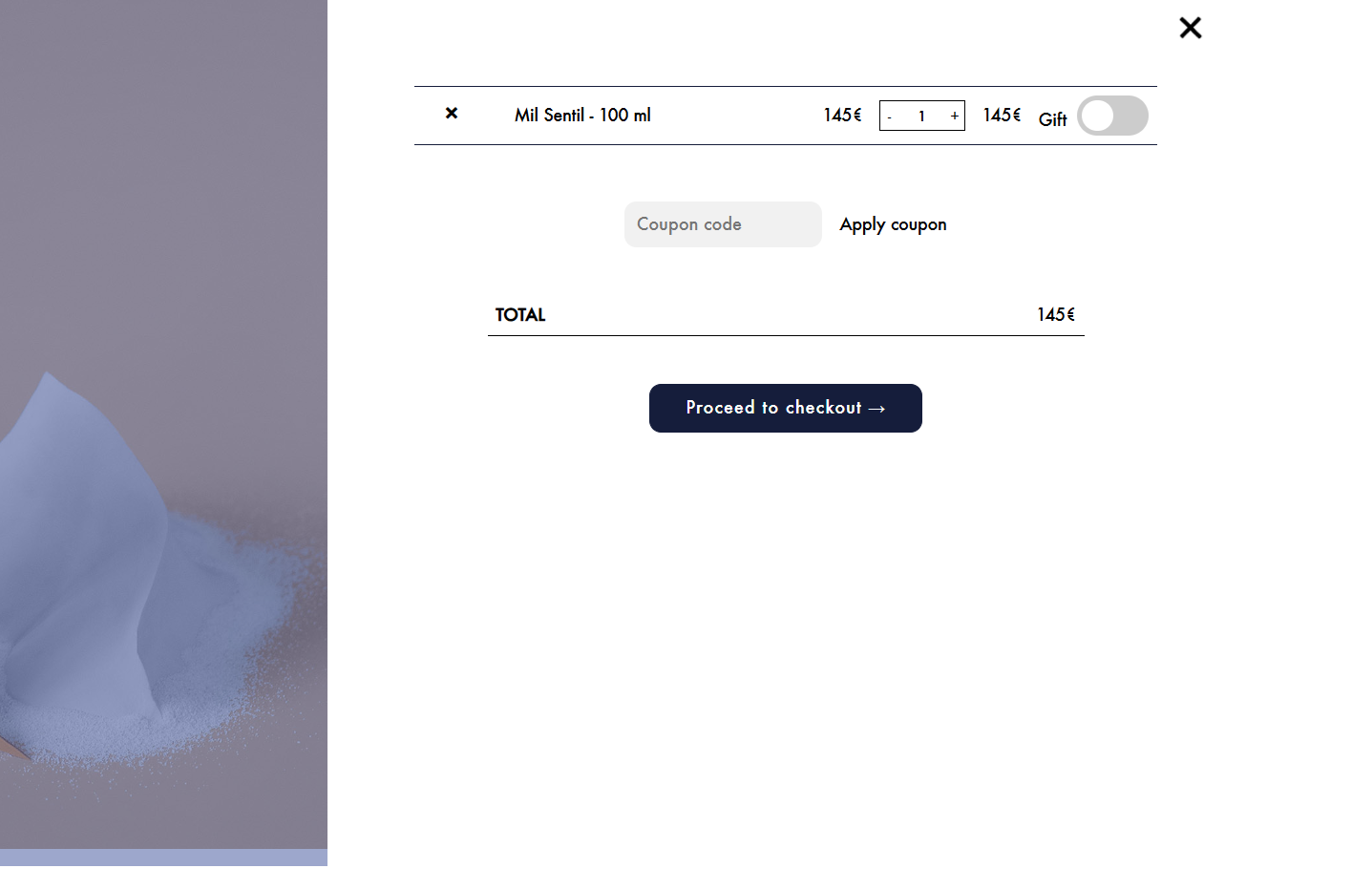
-
How to restrict product sales by zip code in Dokan Multi Vendor?
Hello guys how are you? welcome back to my blog therichpost.com. Guys today in this blog post, I am going to tell you, How to restrict product sales by zip code in Dokan Multi Vendor? Guys if you are new in WordPress or in WooCommerce then please check the below links for some good tutorials:…
Written by
